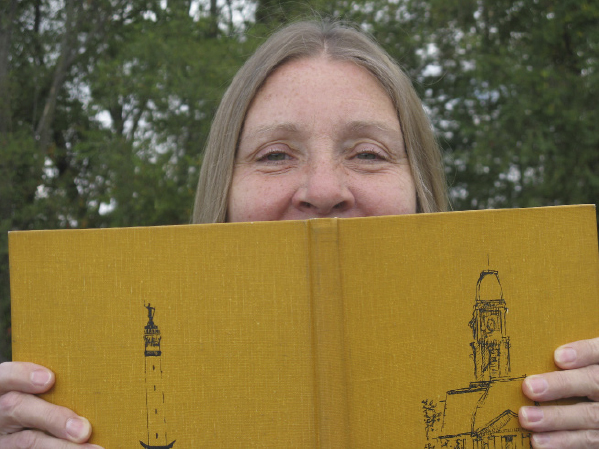Decoration Day, 1869

I’ve written about Memorial Day before, but I’ve never really gotten into the earliest history of the holiday in Hamilton County.
First, a little background . . .
Memorial Day dates back to 1868 when General John A. Logan, the Commander-in-Chief of the Grand Army of the Republic (G.A.R.,) an organization of Union Army veterans, issued a proclamation establishing May 30 as a national day to honor the soldiers who died defending their country during the “late rebellion” (the Civil War.)
Logan’s General Order No. 11 directed that the graves of the fallen heroes were to be strewn with flowers and/or adorned by American flags or other decorations.
Although the practice of decorating soldiers’ graves had already been taking place on a local level in a few communities around the country, this was the first call for a national observance on a specific date.
It’s believed Logan designated May 30th as the day for the tribute because “the choicest flowers of spring-time” were likely to be plentiful at that time.
For the first two or three years, this observance was sometimes called “Commemoration Day,” then in the early 1870s, it began to be known as “Decoration Day.”
“Decoration Day” was commonly used for years, but after World War II the term was gradually replaced by “Memorial Day.” (My grandmother still called it “Decoration Day” when I was growing up in the 1960s.)
It’s not clear if Decoration Day was observed in Hamilton County in 1868 because no local newspapers for that year are available, but the June 3, 1869, Hamilton County Register includes an account of the “Commemoration Day” ceremony held in Noblesville the following year.
Recent rains had left the roads so muddy that organizers decided against forming a procession to go to the “new cemetery” (Crownland) that day. Instead, they recommended people proceed to the ceremony on their own, as best they could.
In fact, the skies were so dark the morning of May 30, it wasn’t certain the service would take place at all, but the sun finally came out in the early afternoon.
The band wagon got there first, around 4:00 p. m. (There was no description of the band, but I’m guessing this was the brass band led by R. L. Carlin.)
The musicians were followed by a crowd estimated at around 500 that arrived by way of wagons, buggies and carriages. (The newspaper expressed the opinion that, had the weather been better, there might have been as many as two or three thousand in attendance.)
After circling the new Civil War monument (it had been dedicated less than a year earlier at the previous Fourth of July,) the band set up in the drive west of the monument and began to play a dirge.
Some of the band members then accompanied a choir on a hymn sung to the tune of Pleyel’s Hymn, a Masonic funeral dirge.
Following a “fervent and impressive prayer” by Rev. Henry A. Cottingham of the Methodist Episcopal Church, State Representative Richard R. Stephenson addressed the gathering.
The son of county pioneers John D. and Lavina Stephenson, Stephenson was himself a veteran of the war and he delivered an emotional tribute to his fallen comrades. (He later became a well-respected judge.)
The service concluded with the choir singing the hymn, “Old Hundred,” as nearly everyone present joined in.
Curiously, the Register article said nothing about flowers or decorations being placed on the graves. (Surely, that has to have been an oversight on the newspaper’s part.)
There was also no mention of any similar service being conducted at the “old cemetery” (Riverside.)
After 1875, or possibly earlier (more missing newspapers!,) Memorial Day observances were routinely held at both cemeteries.
– Paula Dunn’s From Time to Thyme column appears on Wednesdays in The Times. Contact her at younggardenerfriend@gmail.com
